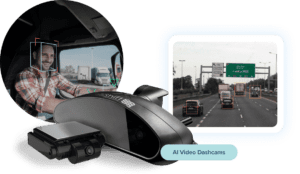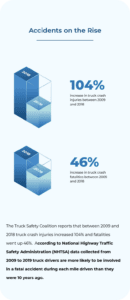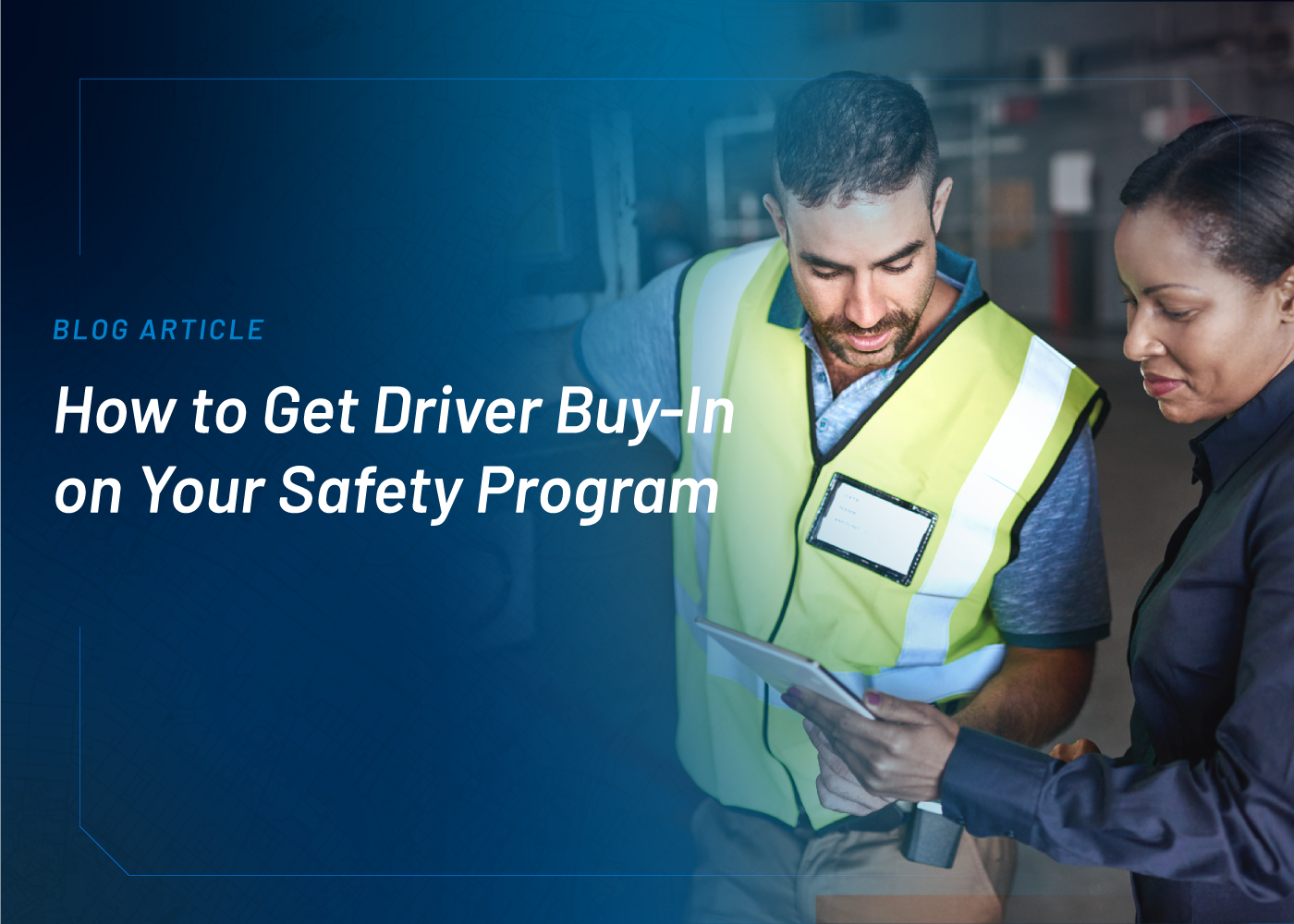Fleet operators often prefer to avoid fleet dash cams to decrease the chance they will be found at fault. While this may happen sometimes, footage helps fleet drivers way more than it hurts. Capturing data from dual-facing dash cams is a simple way to reduce incidents and protect drivers from false claims. We have a complete guide to help you get your drivers on board with in-cab safety, but fleets typically find that, when deployed strategically, AI dash cams are a big boost to driver retention.

How do Dash Cams Incentivize Safe Driving?
Fleet Dash Cams Provide Proof of Incidents
Drivers involved in accidents often recall them differently, which makes determining fault a difficult prospect for most insurance providers. Video data can prove or disprove fault and prevent hours of conversation with insurance carriers. AI-powered fleet dash cams automatically detect incidents and capture the footage in question. They then send it to fleet managers and safety managers to review. Dash cam data makes it easy to provide authorities with proof of how the event occured.
Dash Cam Footage Helps Fleets Fight False Insurance Claims
The FBI estimates that insurance fraud exceeds $40 billion per year, which costs the average family $400-$700 per year in the form of increased premiums. Fleet drivers are frequent victims of false damage claims. They cover a wide range and usually have obvious logos or imagery that make them easy targets. Fleets face claims for chipped windshields, bumper dents, and damage to personal property. Video footage allows the operator to review the event in question and determine whether the driver was at fault. How much are false insurance claims costing your fleet?

Fleet Dash Cam Solutions Help You Avoid Fines
Dash cams can also exonerate an innocent driver from a reputation-ruining driving violation. For example, a small bus carrier had a side collision at a 4-way stop sign, flipping the small bus. At first glance, the bus driver appeared to run a stop sign. But dash cam footage revealed that a local van had parked in front of the stop sign, obscuring the sign from the driver. In this case and even with non-commercial drivers, dash cams for fleet vehicles help drivers avoid tickets.
How do Fleet Dash Cams Improve Driver Behavior?
The National Academy of Sciences released a study in 2016 detailing several years of driving data from over 3000 participants and how certain activities are more prevalent prior to collisions. Interaction with a passenger was the top distraction, prevalent before 14.58% of collisions. Cell phone activity was second, prevalent before 6.4% of collisions.
Fleet dash cams with AI and machine learning capabilities often incorporate Advanced Driver Assistance Systems (ADAS) that not only detect these types of distracted driving behaviors, but also deliver real-time in-vehicle driver coaching. Dash cams with in-cab coaching are a critical component of a well-rounded driver coaching and training program.
AI-Powered Dash Cams Can Detect Unattended Vehicle Events
As our video safety solution remains powered for 15 minutes after the vehicle’s ignition is turned off, it tracks events that may occur after the driver has departed. Videos of vehicle theft or parking lot collisions may help identify culprits, as well as enable an insurance claim to prove damages were not due to driver error.
High-resolution video data can be retrieved from an SD card under lock, which typically offers one week of continual video data (which stops 15 minutes after the ignition is turned off). In addition, our solution provides video snapshots over-the-air for predetermined events. Speed violations and harsh braking/turning/acceleration can trigger a 20-second video clip, 10 seconds prior and 10 seconds post-event. These videos are visible in the IntelliShift platform as snapshots or a full video that can be downloaded. Download our Dash Cam product sheet.
Read: Everything you need to know about fleet safety


